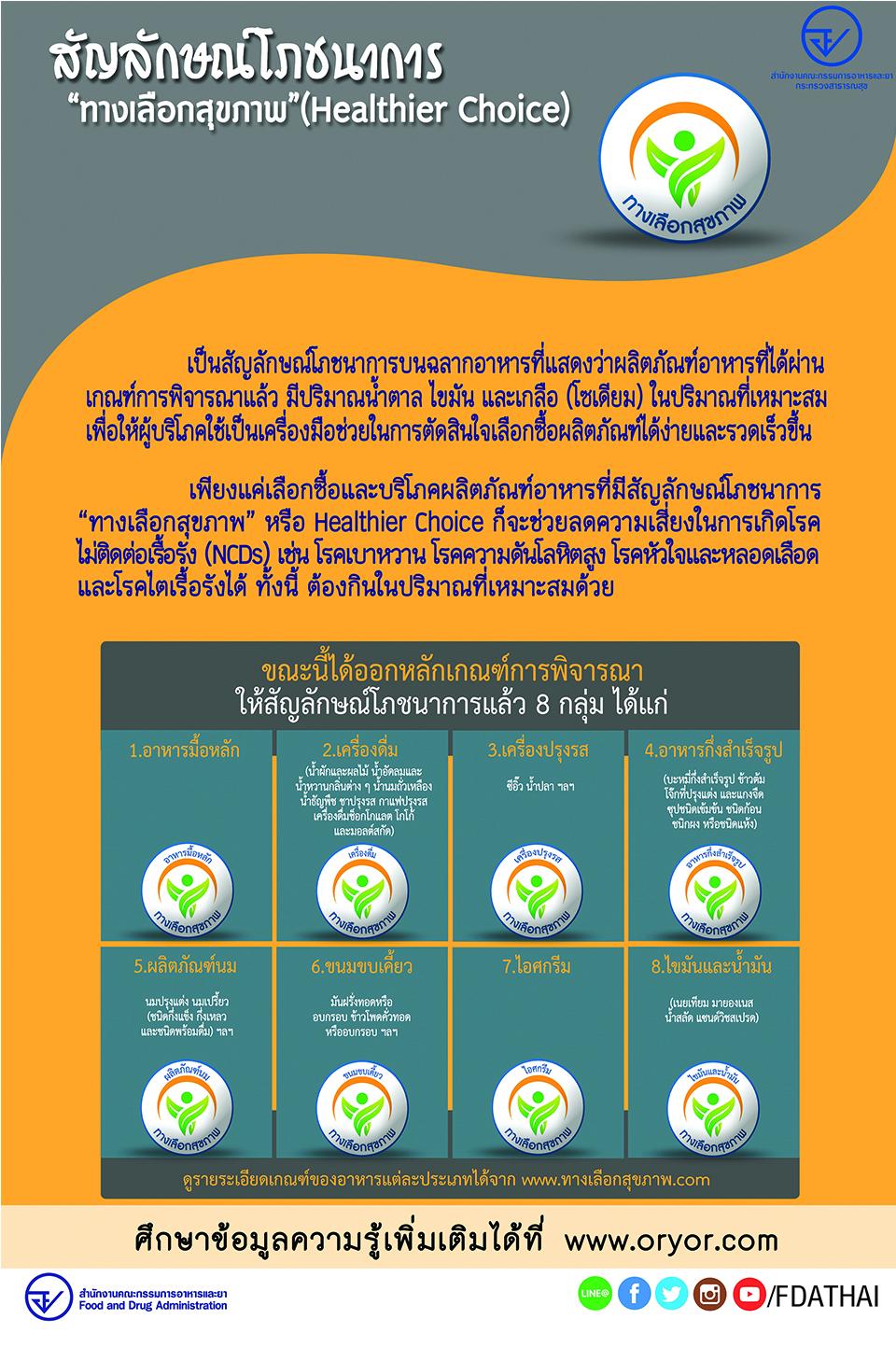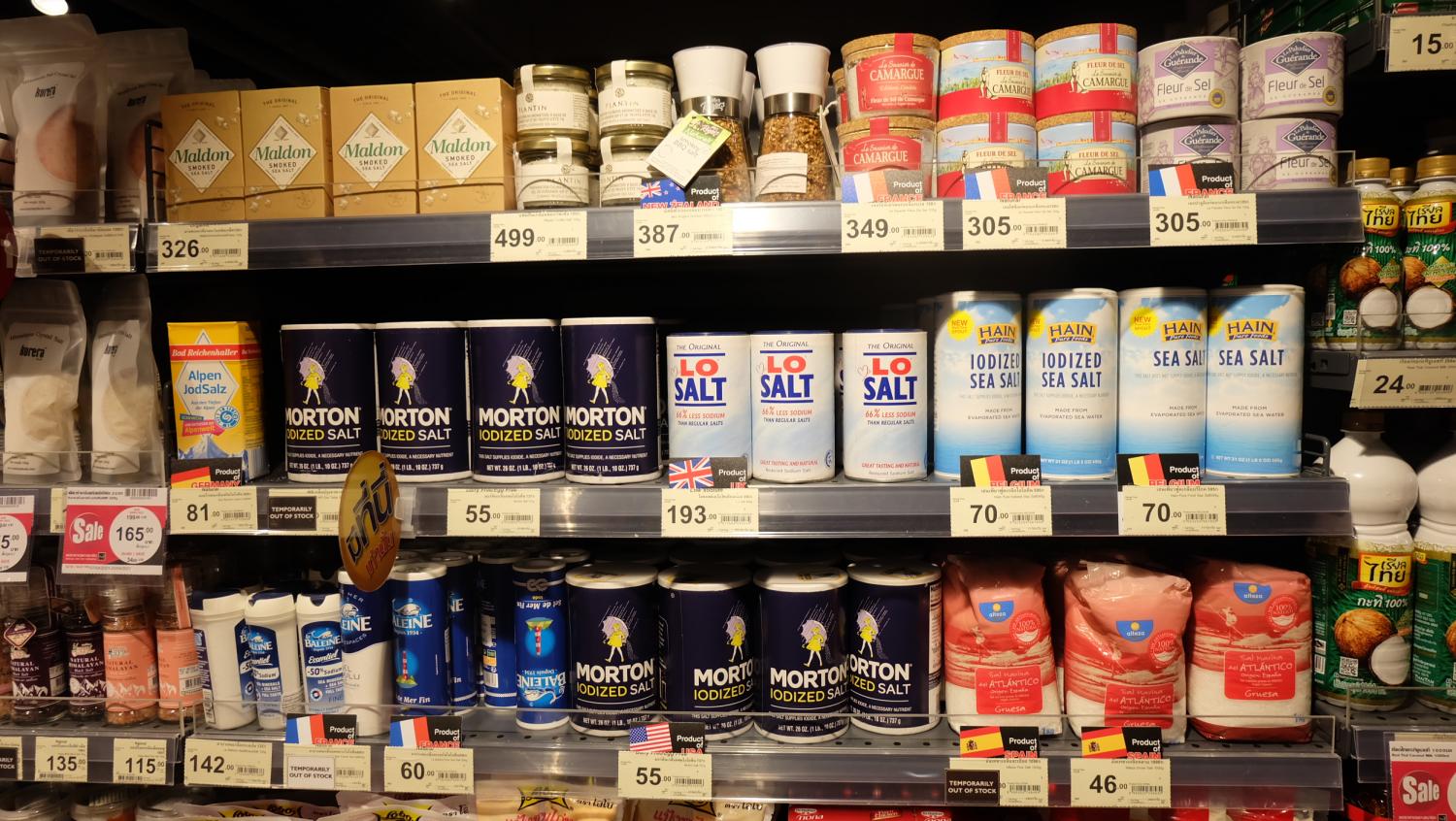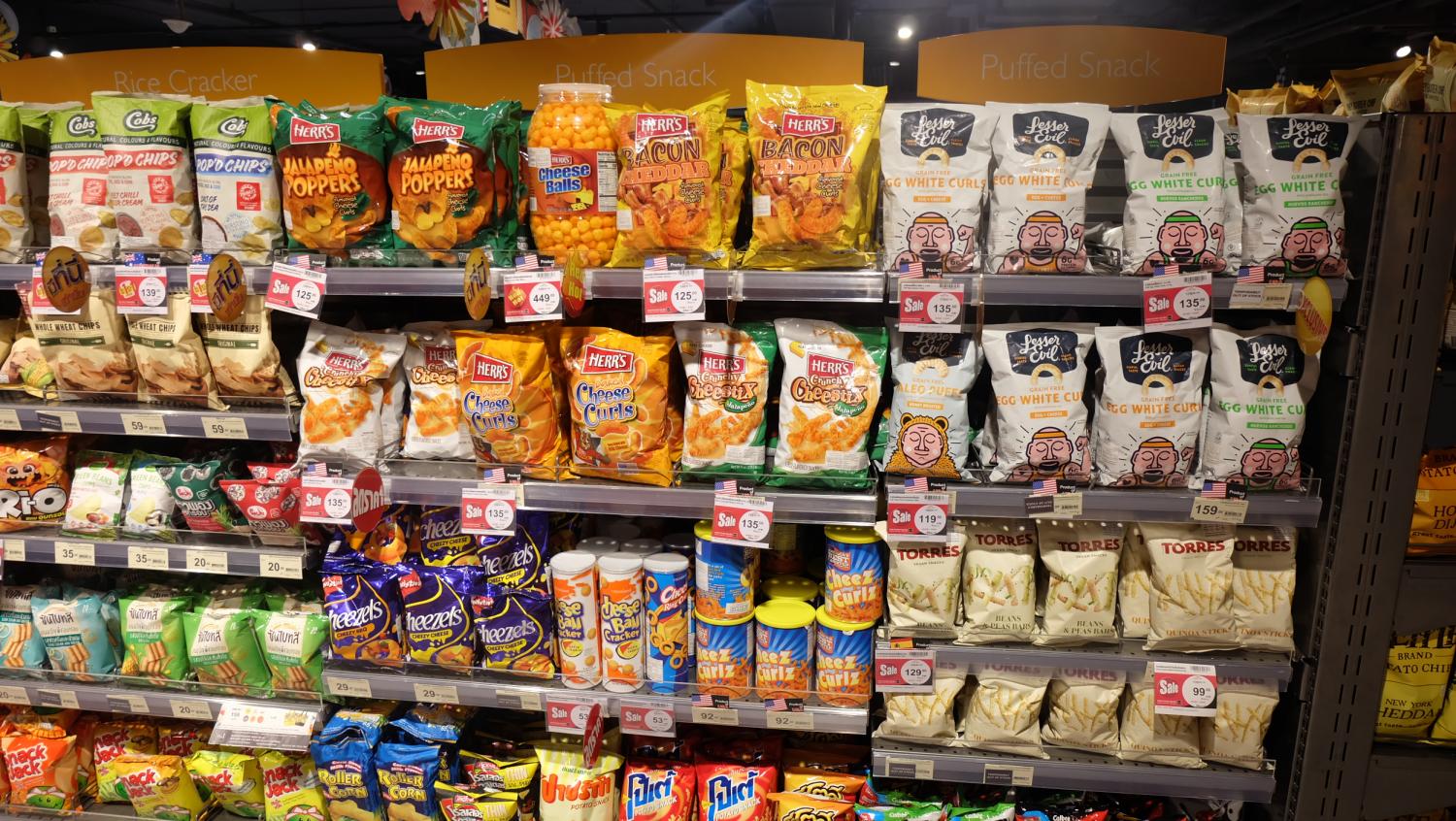After working all day, a worn-out mother does not have time to buy something fresh for dinner on the way home. Instead, she raids a convenience store in her condo and puts frozen food in a trolley. She also picks up her son's favourite potato crisps because it can keep him busy in front of a tablet while he waits for his dad to come home from work late at night.
Overconsumption of sodium from snacks has been a national health challenge for years. Although it is typical for parents to feed their kids snacks, they can be silent killers. Recently, researchers collected 400 random samples from supermarkets and found that most of the items had high levels of sodium.
In the study, snacks were classified into nine groups and potato crisps, fish snacks and crispy crackers were found to have the highest amount of salt. At least 69 different types of potato chips had 80-1,080mg of sodium per serving, 36 fish snacks had 180-810mg of sodium per serving, and 104 crispy crackers had 45-560mg of sodium per serving.
The finding was released by the Thai Kidney Club and its partners earlier this month. In light of this, experts have warned children to cut back on high-sodium snacks to avoid premature kidney disease.

Assoc Prof Dr Surasak Kantachuvesiri, president of the Nephrology Society of Thailand and chair of the Thai Low Salt Network. Thana Boonlert
Salt addiction
Assoc Prof Dr Surasak Kantachuvesiri, the president of the Nephrology Society of Thailand and chair of the Thai Low Salt Network, said children are consuming 3,194mg of sodium per day, which is nearly five times higher than recommended levels.
The daily safe level of sodium intake ranges from 325-950mg per day for six-to-eight-year-olds, 400-1,175mg per day for nine-to-12-year-olds, and 500-1,500mg per day for 13-to-15-year-olds.
"Unhealthy consumption can lead to non-communicable diseases, including kidney disease, heart disease, hypertension and stroke, which are all leading causes of mortality across the world. Children are at risk because they aren't fully mature and if they consume high-sodium food for a long time, their hearts and kidneys will feel the impact," he said.
Sodium can stimulate saliva and therefore increase appetite. If children become addicted to salty foods, this eating habit will continue into adulthood. On average, Thais consume 3,636mg of sodium/day -- equivalent to 1.8 spoonfuls of salt -- which is nearly two times more than the WHO's recommendation of less than 2,000mg per day.
There are now 13 million patients with hypertension, nearly 2 million patients with heart disease, and 8 million patients with kidney disease. Meanwhile, the number of people who require dialysis is 150,000 and it increases 15% every year. Also, more than 7,000 are on a waiting list for a kidney transplant as only 700 can have an operation each year.
Dr Surasak proposed that the government impose a tax on high-salt food and manufacturers, so they cut back on sodium. In some countries like Hungary, businesses are exempt from tax when the amount of sodium doesn't exceed the threshold.
"If they put a lot of salt in their products, they should pay tax to help foot the bill. Right now, the National Health Security Office and the Government Pension Fund is shouldering high medical costs," he said.
Dialysis costs a single patient at least 200,000 baht each year and those with kidney transplant must take immunosuppressants for life.
Last week, Lavaron Sangsnit, director-general of the Excise Department, said it had nearly finished considering a salt tax but said that it won't come into effect anytime soon because it was not the appropriate time. Instead, the department has asked the Ministry of Finance to consider postponing the sugar tax hike due to the impact of Covid-19 on businesses.

The Food and Drug Administration is encouraging consumers to buy products with the 'Healthier Choice' logo to reduce the risk of NCDs. Photo courtesy of the FDA
Promoting health literacy
Monrudee Po-in, a food expert at the Foundation for Consumers, said that there are two types of snack labels. The nutritional label on the back of the package refers to the amount of nutrients per serving, however, the GDA label on the front refers to the total amount of nutrients per package.
"For example, the back of a box might show consumers that they will have an intake of 460mg of sodium per serving but the front of the box will indicate they will consume 920mg of sodium from the whole package. Children should be taught to distinguish between these labels," she said.
Monrudee urged consumers use the application FoodChoice to make an informed decision. When they can scan QR codes on products, the app will show the amount of nutrients -- energy, sugar, sodium, fat, saturated fat and protein -- and also offer other alternatives.
"If consumers use this more, it will pressure manufacturers to cut back on sodium. Consumers have the right to information. It should be promoted at an early age," she said.
The app is the brainchild of the Ministry of Public Health, the National Electronics and Computer Technology Center, and the Thai Health Promotion Foundation. It uses a colour code system to help consumers make smart choices. While green is considered normal, yellow is moderate, red means sodium levels are two times more than normal, and blue refers to a low level of good nutrients, like protein, calcium and riboflavin.
The consumption of unhealthy snacks also leads to obesity. According to the Department of Health, the number of six-to-14-year-olds who are plump or overweight has risen from 11.1% in 2018 to 11.7% last year. Meanwhile, a survey of oral health among children aged 12 found 52% have sugary drinks and 28.9% have snacks more than twice per day.
Meanwhile, Supattra Boonserm, deputy secretary-general of the Food and Drug Administration, encouraged consumers to look for the "Healthier Choice" logo on products because it means they contain less sugar, fat and sodium. For example, one spoonful of fish sauce with this sign has less than 300mg sodium compared to counterparts with 450mg of sodium. Over 2,000 food products currently have this logo.

Thai adults consume nearly twice the recommended daily average of sodium. Thana Boonlert

Researchers collected random 400 samples from supermarkets and found most had high levels of sodium. Photo by Thana Boonlert. Thana Boonlert

Download the full list of 400 snack products at bit.ly/329ysPg.

